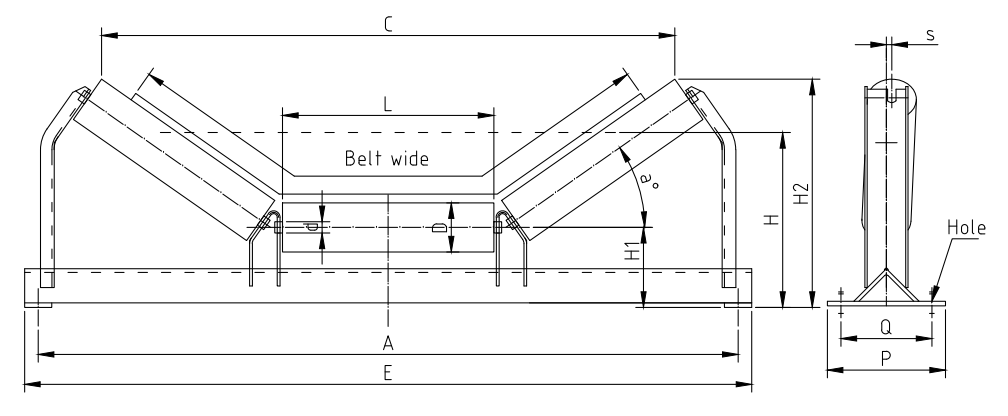 Afrikaans
Afrikaans  Albanian
Albanian  Amharic
Amharic  Arabic
Arabic  Armenian
Armenian  Azerbaijani
Azerbaijani  Basque
Basque  Belarusian
Belarusian  Bengali
Bengali  Bosnian
Bosnian  Bulgarian
Bulgarian  Catalan
Catalan  Cebuano
Cebuano  Corsican
Corsican  Croatian
Croatian  Czech
Czech  Danish
Danish  Dutch
Dutch  English
English  Esperanto
Esperanto  Estonian
Estonian  Finnish
Finnish  French
French  Frisian
Frisian  Galician
Galician  Georgian
Georgian  German
German  Greek
Greek  Gujarati
Gujarati  Haitian Creole
Haitian Creole  hausa
hausa  hawaiian
hawaiian  Hebrew
Hebrew  Hindi
Hindi  Miao
Miao  Hungarian
Hungarian  Icelandic
Icelandic  igbo
igbo  Indonesian
Indonesian  irish
irish  Italian
Italian  Japanese
Japanese  Javanese
Javanese  Kannada
Kannada  kazakh
kazakh  Khmer
Khmer  Rwandese
Rwandese  Korean
Korean  Kurdish
Kurdish  Kyrgyz
Kyrgyz  Lao
Lao  Latin
Latin  Latvian
Latvian  Lithuanian
Lithuanian  Luxembourgish
Luxembourgish  Macedonian
Macedonian  Malgashi
Malgashi  Malay
Malay  Malayalam
Malayalam  Maltese
Maltese  Maori
Maori  Marathi
Marathi  Mongolian
Mongolian  Myanmar
Myanmar  Nepali
Nepali  Norwegian
Norwegian  Norwegian
Norwegian  Occitan
Occitan  Pashto
Pashto  Persian
Persian  Polish
Polish  Portuguese
Portuguese  Punjabi
Punjabi  Romanian
Romanian  Russian
Russian  Samoan
Samoan  Scottish Gaelic
Scottish Gaelic  Serbian
Serbian  Sesotho
Sesotho  Shona
Shona  Sindhi
Sindhi  Sinhala
Sinhala  Slovak
Slovak  Slovenian
Slovenian  Somali
Somali  Spanish
Spanish  Sundanese
Sundanese  Swahili
Swahili  Swedish
Swedish  Tagalog
Tagalog  Tajik
Tajik  Tamil
Tamil  Tatar
Tatar  Telugu
Telugu  Thai
Thai  Turkish
Turkish  Turkmen
Turkmen  Ukrainian
Ukrainian  Urdu
Urdu  Uighur
Uighur  Uzbek
Uzbek  Vietnamese
Vietnamese  Welsh
Welsh  Bantu
Bantu  Yiddish
Yiddish  Yoruba
Yoruba  Zulu
Zulu conveyor roller parts
Understanding Conveyor Roller Parts Essential Components for Efficient Operations
Conveyor rollers play a critical role in the logistics and manufacturing industries, facilitating the smooth movement of goods and materials across various environments. These essential components are designed to support the weight of the loads being transported, reduce friction, and enhance overall operational efficiency. Understanding the various parts of conveyor rollers is crucial for anyone involved in maintaining or operating conveyor systems.
1. Roller Shell The Outer Layer
The roller shell, often made from materials such as steel, plastic, or aluminum, serves as the outer layer of the roller. It is the primary component that carries the load and protects the internal mechanisms. The thickness and material of the shell depend on the application and the weight of the items being transported. A robust shell is essential for heavy-duty use, whereas lighter materials might suffice for delicate items.
2. Bearings Smooth Operation
Located at both ends of the roller, the bearings are pivotal to the smooth rotation of the roller. They reduce friction between the roller and the axle, facilitating efficient movement. There are various types of bearings, including standard ball bearings, sealed bearings, and self-lubricating options. Choosing the right bearing type is essential for minimizing wear and ensuring longevity in high-speed applications or environments with dirt and debris.
3. Axles The Support Structure
The axle acts as the central shaft for the roller, providing the necessary support and structure. Typically made from heavy-duty steel, the axle must withstand substantial forces and impacts. It is essential that the axle is compatible with the bearing type, as the roller’s performance largely depends on how well these two parts work together. Proper installation and alignment of the axle are crucial for minimizing vibrations and enhancing operational efficiency.
conveyor roller parts

4. End Caps Protection and Stability
End caps are crucial for keeping the internal components secure and protected from environmental factors. These caps, usually made from plastic or rubber, not only secure the bearings in place but also prevent dust and debris from infiltrating the roller’s internal mechanisms. Additionally, they prevent the roller from coming loose, which could lead to system breakdowns or accidents.
5. Spindles Connecting Components
The spindle is another critical component of the conveyor roller. It connects the roller to the conveyor frame, allowing the roller to function as part of the larger conveyor system. The design and material of the spindle can vary, but they must be strong enough to support the entire weight of the roller and the transported materials. Choosing the right spindle contributes to efficient loading and unloading processes.
6. Maintenance Considerations
Regular maintenance of conveyor roller parts is vital to ensure optimal performance. This includes checking for wear and tear on the bearings, monitoring the condition of the roller shell, and ensuring the proper alignment of the axle and spindle. Implementing a routine maintenance schedule not only prolongs the life of the rollers but also enhances overall system reliability.
Conclusion
Understanding the different parts of conveyor rollers is essential for effective operations in various industries. By recognizing the function and importance of each component, businesses can ensure their conveyor systems operate smoothly and efficiently, thus maximizing productivity and minimizing downtime. Investing in quality parts and regular maintenance is key to achieving long-term success in material handling operations.
-
Revolutionizing Conveyor Reliability with Advanced Rubber Lagging PulleysNewsJul.22,2025
-
Powering Precision and Durability with Expert Manufacturers of Conveyor ComponentsNewsJul.22,2025
-
Optimizing Conveyor Systems with Advanced Conveyor AccessoriesNewsJul.22,2025
-
Maximize Conveyor Efficiency with Quality Conveyor Idler PulleysNewsJul.22,2025
-
Future-Proof Your Conveyor System with High-Performance Polyurethane RollerNewsJul.22,2025
-
Driving Efficiency Forward with Quality Idlers and RollersNewsJul.22,2025





























